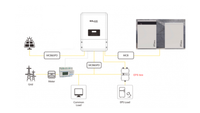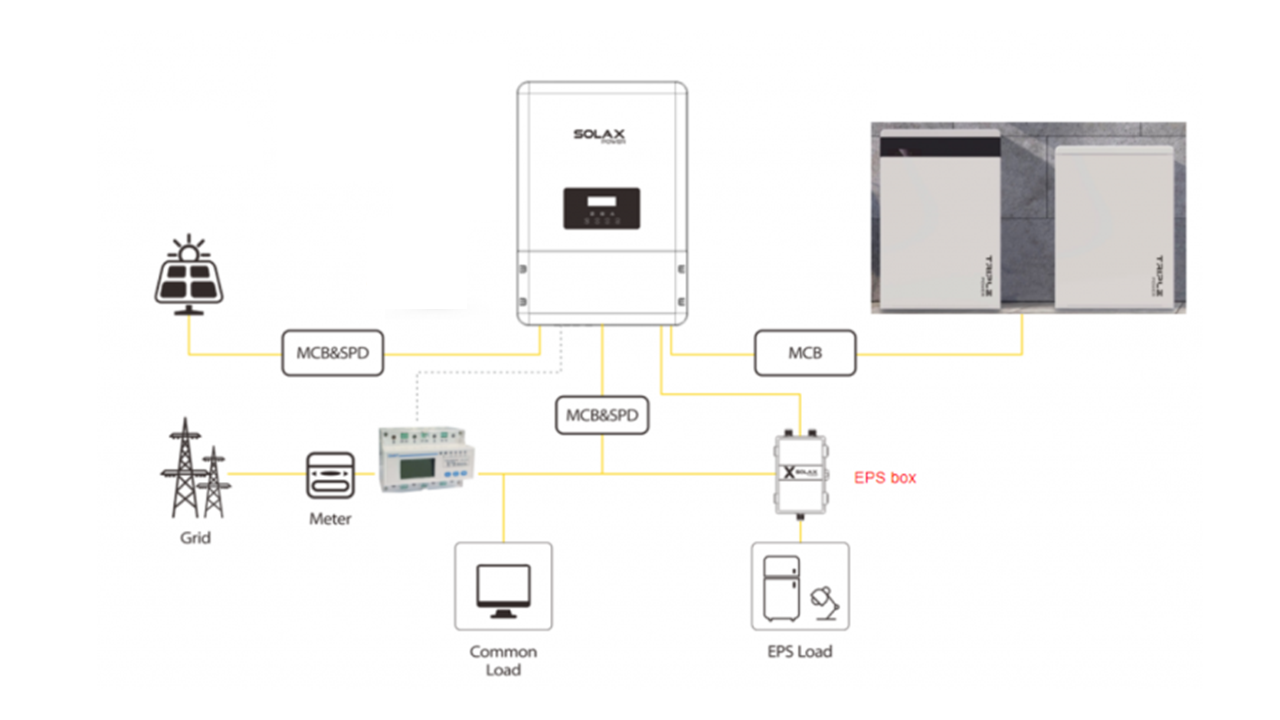1ph EPS critical loads backup package for power cuts
£525.00 + VAT


 Previous Product
Previous Product
 Next Product
Next Product
Customer Reviews
5.0 Based on 1 Reviews
5 ★
100%
1
4 ★
0%
0
3 ★
0%
0
2 ★
0%
0
1 ★
0%
0
Customer Photos
- Reviews
- Questions
Thank you for submitting a review!
Your input is very much appreciated. Share it with your friends so they can enjoy it too!
Be the first to review this item
Filter Reviews:
×
Clear filter
More Filters
A
08/26/2024
Anonymous
I recommend this product
Solar system
Excellent company, and unbeatable price on equipment purchased
Nationwide UK Delivery
Expert system advice
Trade Prices & volume discounts
COMPANY INFORMATION
Company: ITS Technologies Ltd
Registered Address:
ITS Technologies, PROFOLK Bank Chambers St. Petersgate Stockport SK1 1AR (address not for returns, returns sent to this address will be rejected)
Open hours: Mon-Thur 9.00-17.00 and Friday: 9.00-12.00
Company Number: 08961559
VAT Number: 200791637
For General Enquiries & Quotes: support@itstechnologies.uk
Tel: 0161 529 8401
Whatsapp (for quotes photo's only): 07790 923 987
For Cancellations: cancel@itstechnologies.uk

